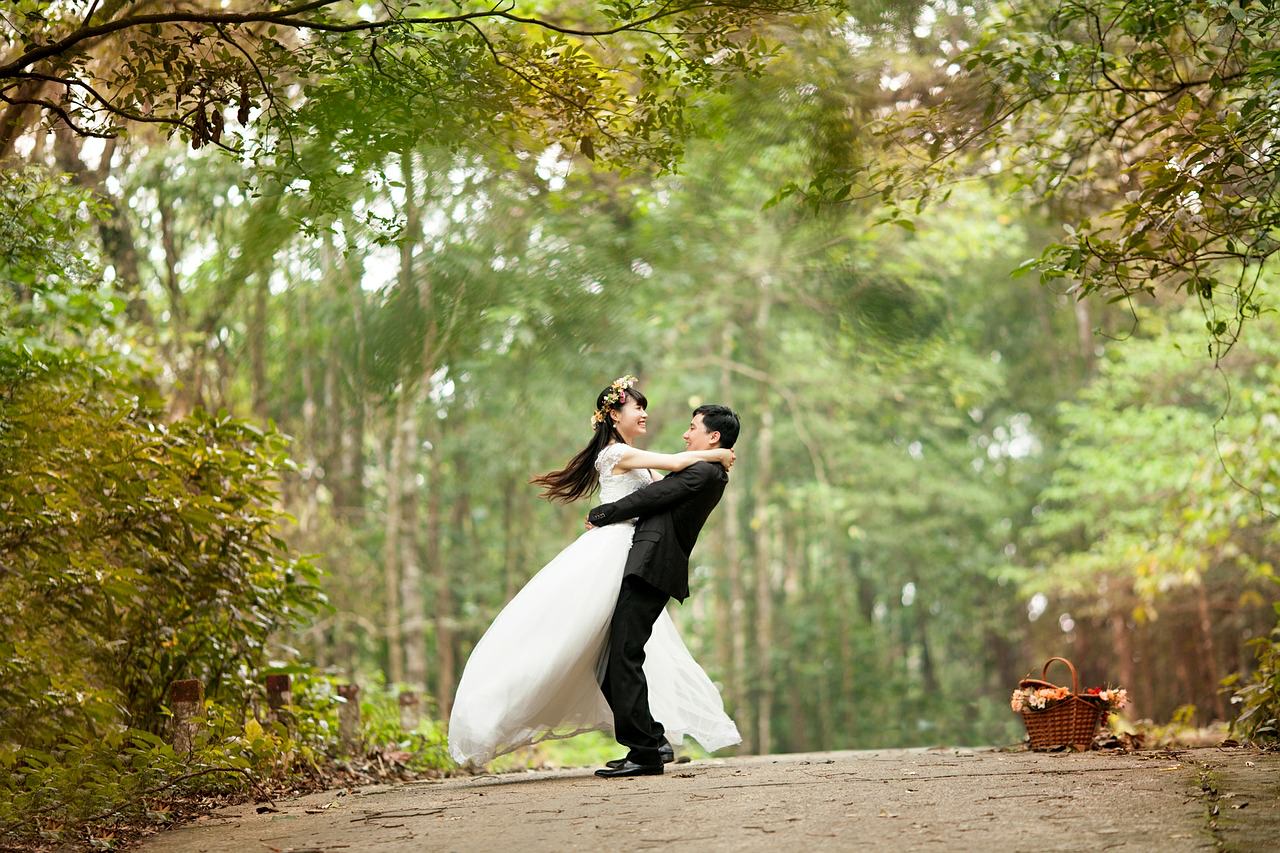What Do You Know About Stock Photography
Stock photography, groups of photographs that people take, grouped and licensed for selling purposes. Instead of taking new pictures every time they need pictures, many people use the stock photography method. People that work for magazines, as graphic artists, and advertising agencies sometimes use public pictures instead of hiring photographers for individual projects.
Alternate names for stock photography is picture libraries, photo archives or image banks. Typically, in order to use these pictures, although publicly available, there is a small fee or a purchasing of usage rights that comes with a fee in order to use the pictures. Sometimes a membership purchase allows you to have access to a particular group of stock photography.
Saving time and money, stock photography is a great way to enhance newsletters, blogs, advertisements, company brochures and more. It is obviously less expensive than putting a full time photographer on staff and takes less time if you need images of something specific. Many times, it is as easy as using a search engine or checking an email.
Sometimes full rights and usage is available for purchase. Other times, full rights are limited. In those cases, photographers might be requiring that they receive a certain percentage of sales and or royalties of usage. Agencies usually hold the images on files and negotiate fees. With the technology and easy access that the internet provides, negotiations are quicker and easier.
The cost of using stock photos depends on how long the pictures will be used, what location the images will be used, if the original photographer wants royalties and how many people the photo will be distributed to or seen by. Prices for stock photography can be anywhere from one dollar to two hundred dollars.
There are several different pricing arrangements. Royalty free stock photography allows the buyer to use photographs multiple times in multiple ways. When you buy royalty free pictures, there is only a one-time charge for unlimited usage. When the images you purchase have a royalty free section, the agency is able to resell the image to others. If an image is rights managed, there is a negotiated price for each time that it is used.
Sometimes a buyer of stock photography might desire to have exclusive rights to the images. In that case, no one else will be able to use the pictures once exclusive rights have been purchased. It may cost thousands of dollars to purchase exclusive rights because agencies who handle the sales have to make sure that they are making a profitable sale. If a photograph would make more money staying in circulation, they would lose out selling exclusive rights.
Stock photographers sometimes work with agencies producing images for them alone. Different subjects and categories might need multiple varieties of images. Sometimes contributors work for multiple agencies selling their photographs for a fee. They work out arrangements for royalties or they sell their shots for full rights. This has proved to be a big business for photographers around the world.
Stock photography started in the early 1920s. It especially grew as its own specialty by the 1980s. Galleries hold hundreds, thousands and even millions of pictures available for purchase. Stock houses sprung up in many different places. By 2000, online stock photography became microstock photography, which we call photo archives online. Companies like istock photo and bigstock photo offer you the opportunity to purchase so many pictures and when you use them up you can add more credits for another fee. Photos that are distributed online are typically less expensive than those that are sold hard copy.
Websites like www.shutterpoint.com and www.fotolibra.com allow stock photographers to upload and sell their images. It is a great way to market pictures and earn money with photography. You can also purchase images at those websites as well. With all the stock photography sites available, one may find pictures you never even heard of before.










